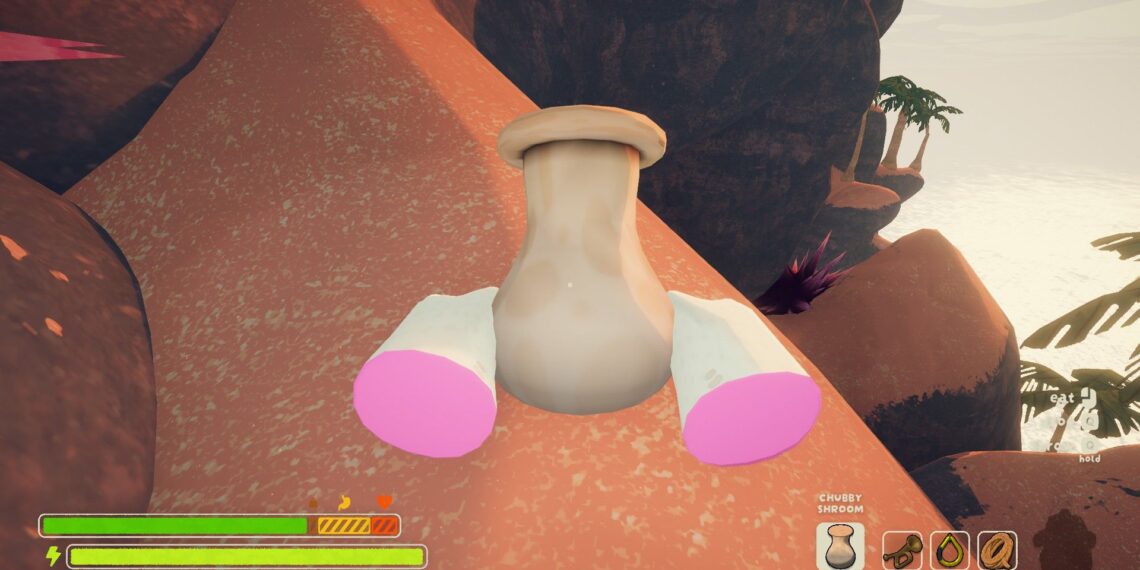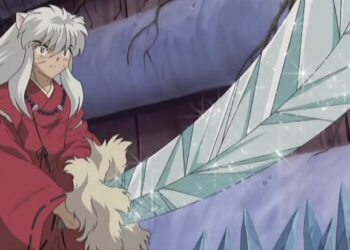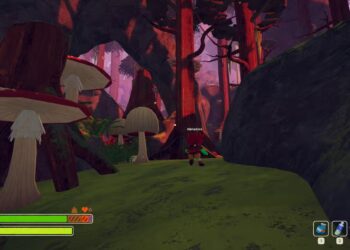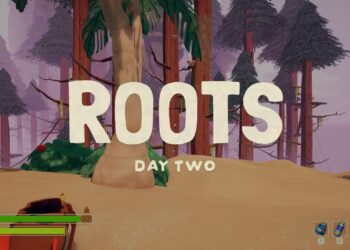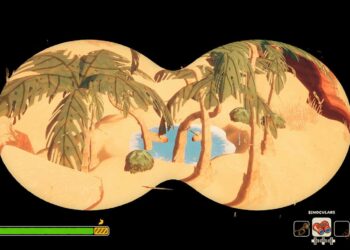Select Language:
When it comes to mushrooms in Peak, you never know what you’re going to get: some are delicious, while others can be deadly. Without any labels to guide you, foraging can feel like a risky gamble. This guide is here to help you identify the safe ones and avoid the toxic varieties before your next snack turns into a nightmare.
From distinctive stems to unique cap patterns, we’ll help you recognize the signs that differentiate edible mushrooms from dangerous ones. Being able to tell them apart could save your life—or at least spare your hiking buddies the trouble of carrying you down the mountain if you make a wrong choice. Let’s get to know mushrooms better and make sure no one becomes a cautionary tale around the campfire!
How to Identify Toxic Cluster Mushrooms
Cluster Mushrooms consist of five smaller mushrooms grouped together in a… well, cluster.
How to Identify Toxic Chubby Mushrooms
Chubby Mushrooms are round and plump at the base, featuring a flat cap. The good news? They are always safe to eat. Enjoy!
How to Identify Toxic Button Mushrooms
Button Mushrooms have thin stems and thick, round caps.
-
Toxic
Toxic Button Mushrooms typically have polka dots on their caps and stems.
-
Non-Toxic
The caps of non-toxic Button Mushrooms feature a crisscross pattern on top, resembling sourdough bread. These won’t have spots on them.
How to Identify Toxic Bugle Mushrooms
Bugle Mushrooms have a slender, angled cap and thin stems.

